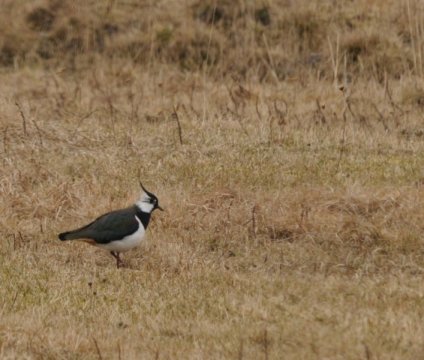[ad_1]
The greatest advances were found among short-distance migrants that winter in Europe or North America: about 1.5-2 days per decade. Long-distance migrants that winter in the tropics have also advanced the start of their migration, but only by approximately 0.6-1.2 days per decade.
“Based on changes in median migration dates, birds have on average advanced their spring migration by a little over a week since the late 1950s,” says Aleksi Lehikoinen from the Finnish Museum of Natural History, University of Helsinki.
Some species show much greater advances. For instance, Whooper Swans now arrive in Finland about two weeks earlier than in the 1980s.
The advances in spring migration dates are not equal across the migration season. Early migrants of a given species have advanced their migration dates more than late migrants within the species’ migration season. First migrants have the highest pressure to arrive at their breeding grounds as early as possible, whereas late migrants are typically non-breeders, which have no rush to move north. This asymmetry has led to an overall increase in the duration of migration.
Annual arrival dates of bird species were explained by local temperatures: the earlier the spring, the earlier the timing of migration and the longer the migration season. Geographical differences in climate change also explained regional differences in the advancement of spring migration.
“Birds advanced their migration dates more in Europe than in Canada, because spring temperatures have risen more quickly in Europe,” says Andreas Lindén from Yrkeshögskolan Novia, Finland.
The study is based on long-term monitoring data from 21 North European and Canadian bird observatories and included almost 200 study species. The longest time series started in 1959 and the early 1960s and a large part of the data was collected by volunteer birdwatchers. The results were published in the international journal Ecological Indicators.
Story Source:
Materials provided by University of Helsinki. Note: Content may be edited for style and length.
[ad_2]















